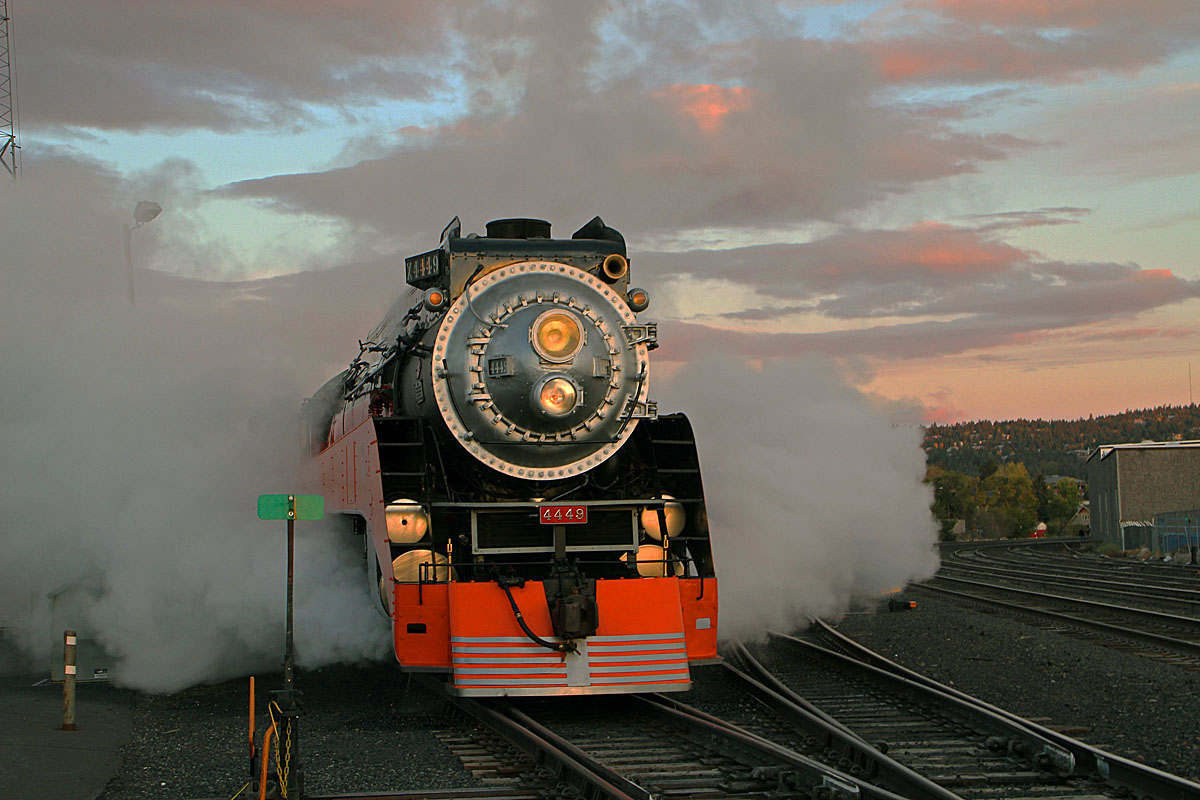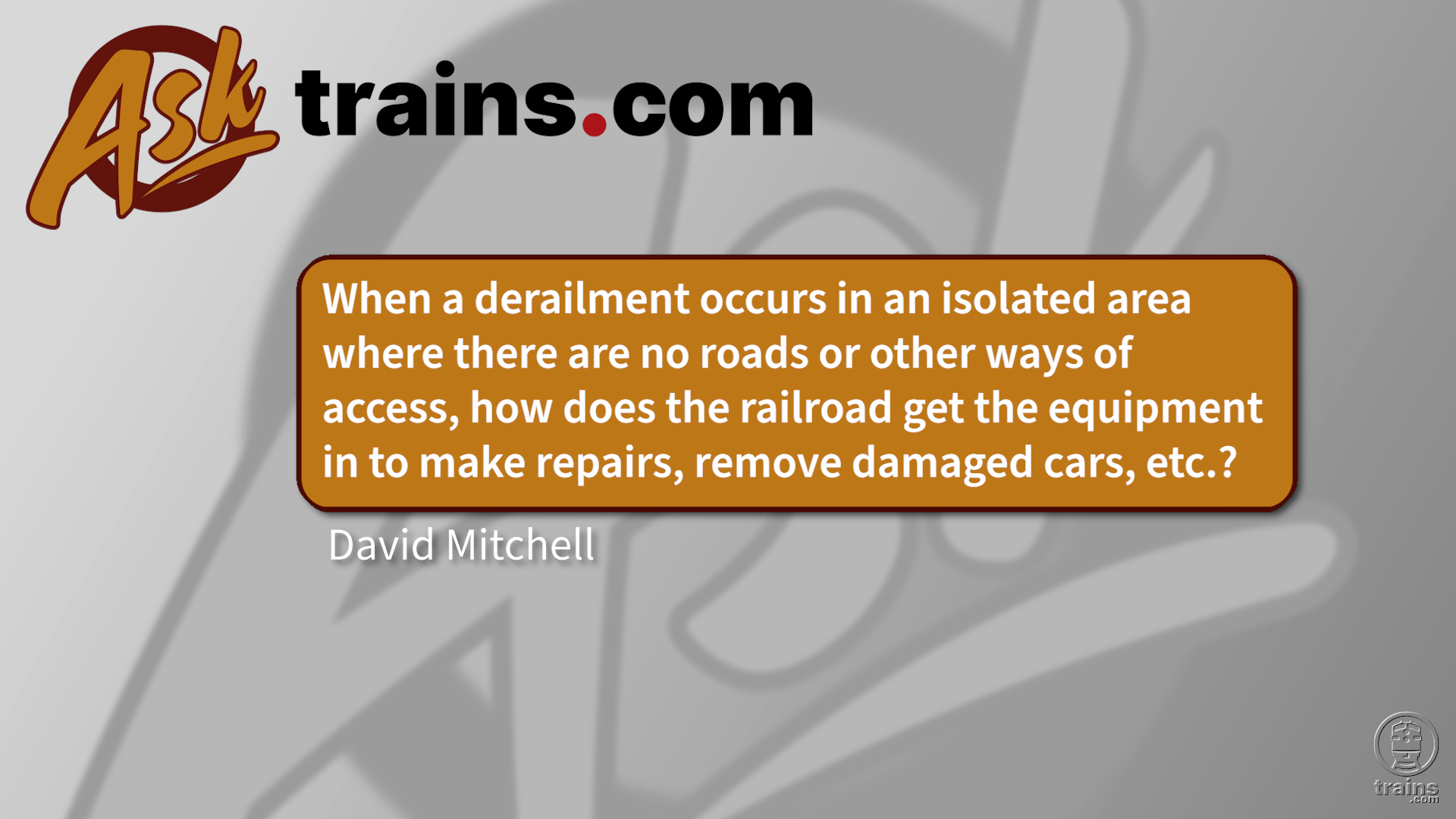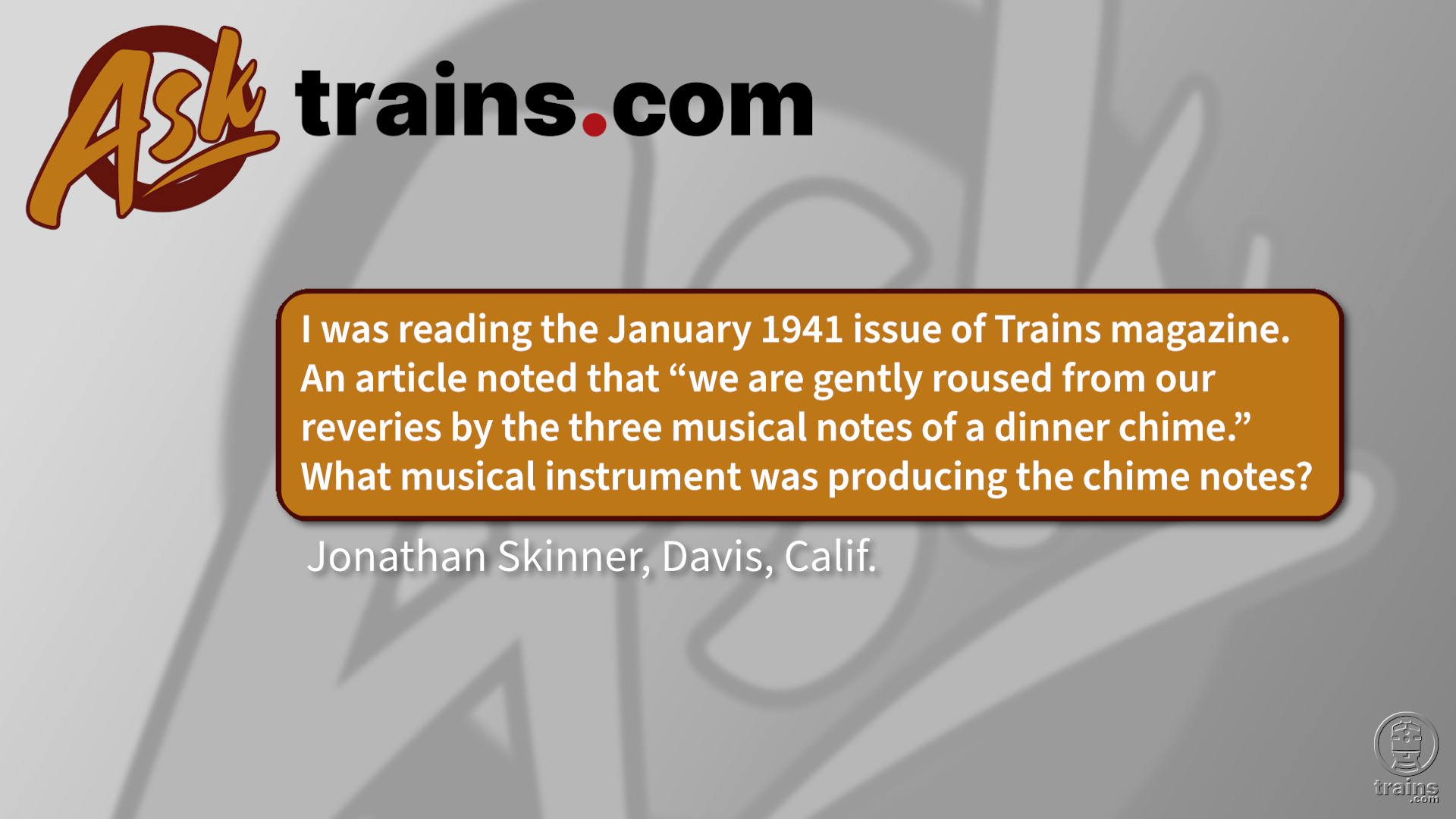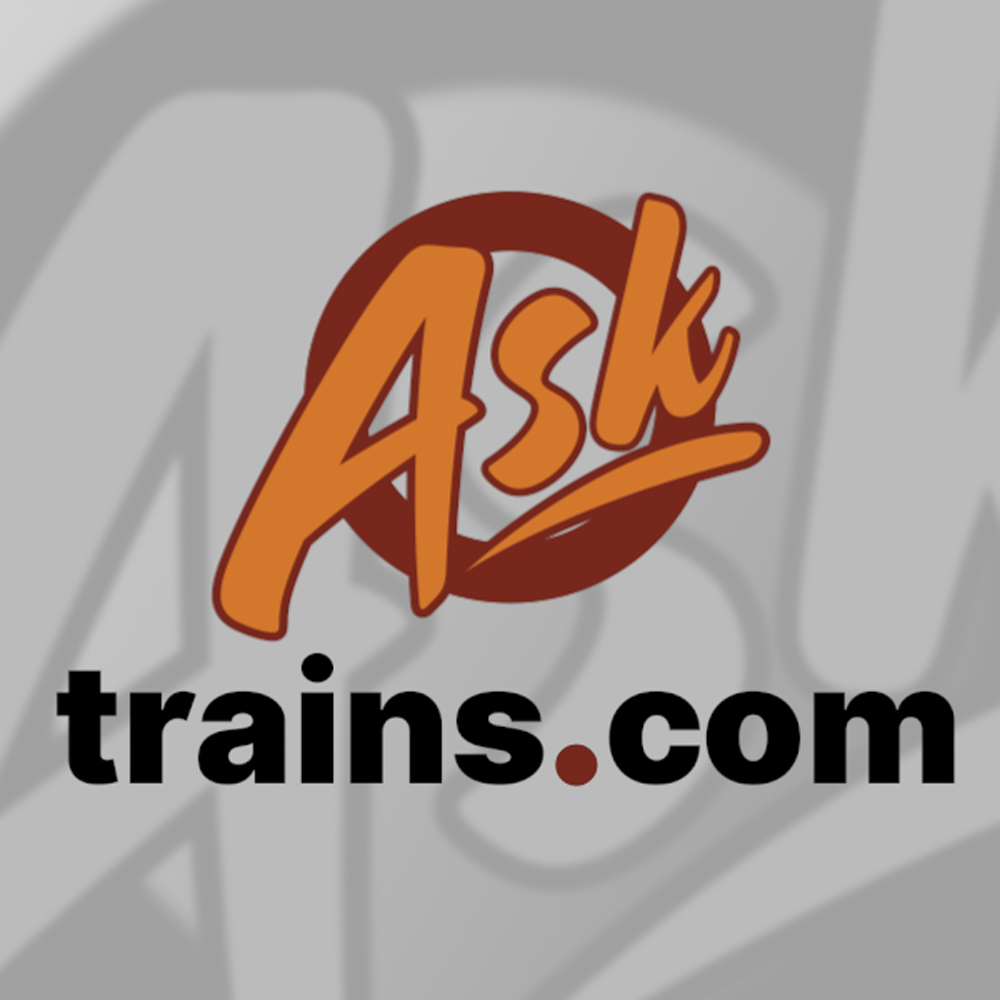A The 4449 has both the whistle and a fog horn. Since she ran along the California coast, she often met sea fog on the right-of-way. The whistle does not penetrate
the fog well enough to ensure crossing protection, so the fog horn was used on many of her trips. The fog horn was original equipment ordered from Lima Locomotive Works starting with the GS2 steam locomotives and continuing through the GS6 design before diesel locomotives took over the Daylight route. — Mark Kramer, president, Friends of SP 4449 Inc.
A fog horn on a Daylight
| Last updated on November 3, 2020
Ask Trains from the January 2014 issue














Mr. Kramer's answer is basically correct, however, it lacks detail. SP introduced air horns on its higher-speed passenger locomotives in the mid-1930s — well before ordering the Daylight-intended GS2s from Lima. The reason was partly to give loud, ample warning to motorists in Sacramento and San Joaquin valley points ample, penetrating warning when SP trains were approaching in limited visibility . . .fog being one such limitation. But SP was also saddled with countless grade crossings, some rural, some suburban, and many of them "blind" or nearly so. The number of those crossings that had trucks with trailers or even dump trucks was also large since SP serves a vast agricultural and industrial portions of California.
Among the earliest engines equipped with single and 2- or 3-horn arrangements were select examples of the P-class 4-6-2s and several modernized "heavy" A-series 4-4-2s. Then several AC-class (articulated consolidations or "Cab Forwards"0 got horns placed beneath their cabs' floor boards, the horn trumpet barely protruding from the front firewall below the windows. That soon became standard on all subsequent "new" 4-8-8-2s while the elegant AC6 (cab-in-rear) 2-8-8-4s from Lima also came with the horns identical to those used on the Lima 4-8-4s, all classes. Several unstreamlined P8 Pacifics assigned to the San Francisco-San Jose commute pool were then permanently equipped with single note Leslie "super typhon" air horns near the smokestack. Plenty of the famed MT-class 4-8-2s (with added "skyline" boiler top casings) were also so equipped.
I also spoke with several "old head" SP trainmen back in the late 1960s and early '70s before they passed away, asking them about SP's use of air horns on steam power. They all concurred: the added horns made it easier for engineers to call-out or call-in brakemen that were behind the caboose or ahead of the engine offering emergency protection with flags, lantern and fusees when a freight or passenger or mail train made an unscheduled stop on the line. Whistle signals simply didn't carry as well as the loud horns.
Any 1950s recording of SP mainline steam-powered trains with the larger and newer "big power" up front will generally give audible witness to the ample use of the air horns by SP engineers, whether the air was clear and sky blue or if rainy and foggy. The horns were loud and made operations just plain safer, albeit less romantic.